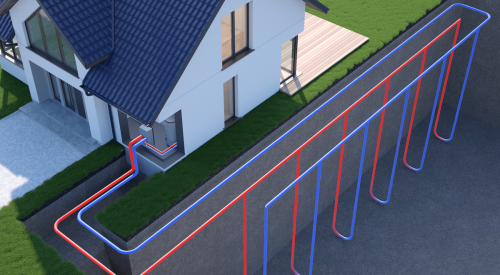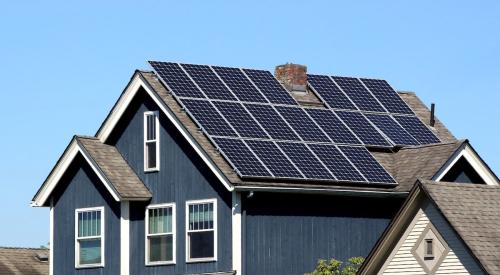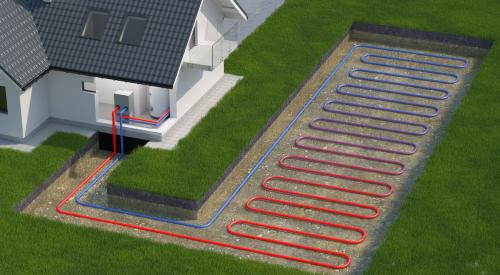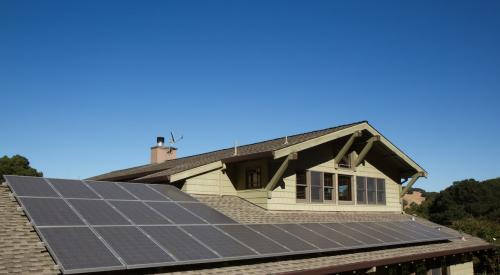Due in part to a temporary ban on natural gas hookups, interest in geothermal energy systems is growing across the state of New York, the New York Times reports.
Geothermal energy systems use a network of underground pipes, commonly referred to as ground loops, which circulate water and propylene glycol, a type of nontoxic alcohol, all year. During the winter, the ground loops absorb the heat from the earth, which stays steady at about 50 degrees Fahrenheit. The heated liquid circulating in the loop is pushed into a pump system inside the house that then produces warm air. In the summer, the pump sucks out the warm air in the home and pushes it back into the cooler ground.
A convergence of factors, including a recently enacted state carbon emissions law, natural gas delivery constraints, and the availability of tax incentives and rebates, has persuaded some homeowners to replace their oil-burning furnaces or boilers with electric geothermal systems, instead of heating and cooling systems that run on natural gas.
“Geothermal is at a groundswell point,” for single-family homes, said David Logsdon, a section manager in Consolidated Edison’s Energy Efficiency and Demand Management department. “And it’s all part of the electrification of the industry.”












